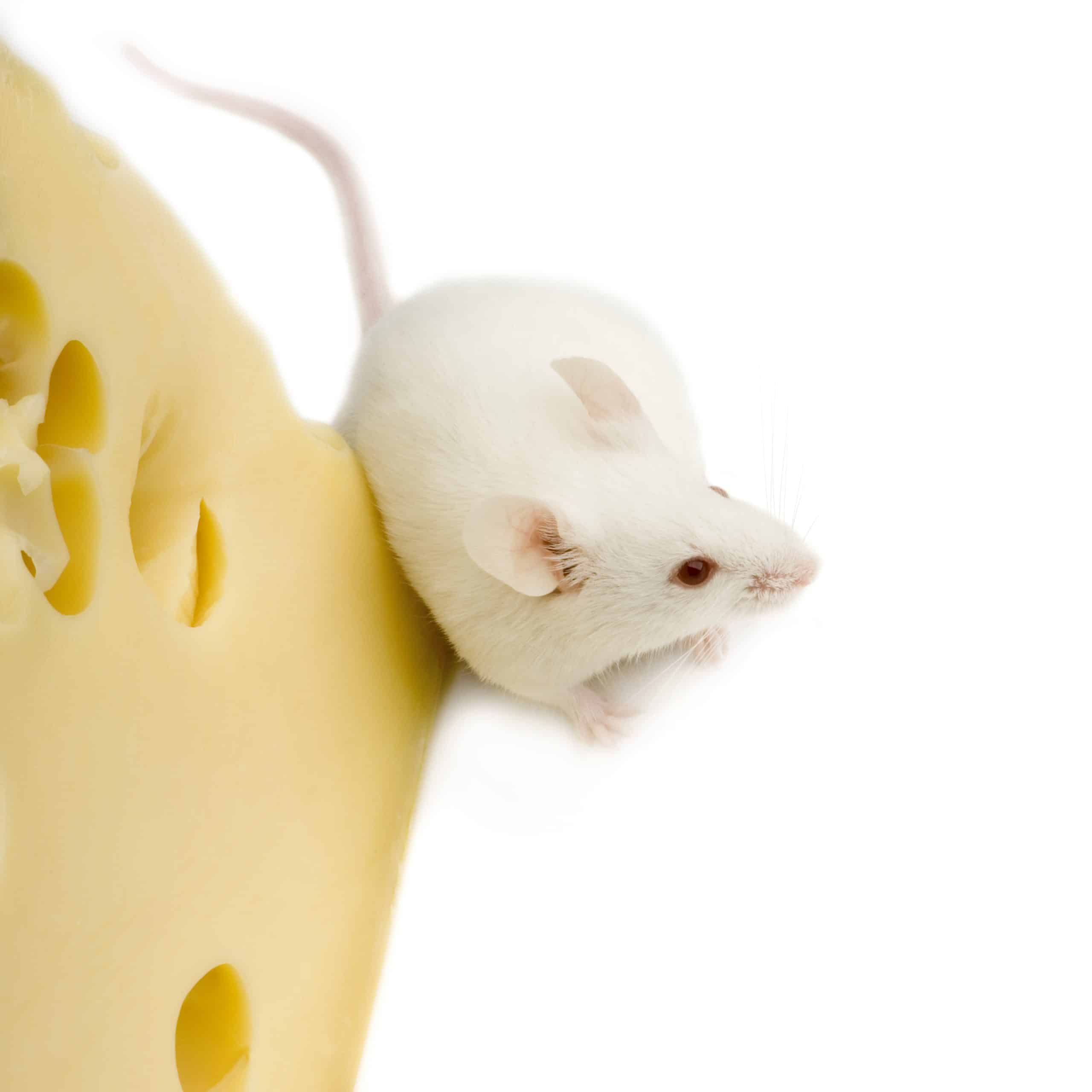The world of miniature pets: mice, dwarf hamsters, and more

Welcome to the fascinating world of pint-sized companions. Tiny paws and twitching noses, you are about to dive into the charming universe of miniature pets. From the adorable dwarf hamster to the friendly guinea pig, learn more about these lovable creatures that have captured the hearts of animal lovers across the globe.
Dwarf Hamsters: Small But Mighty
When it comes to the world of miniature pets, dwarf hamsters are undeniably the stars of the show. With their small size, they are the perfect pets for those who lack large spaces. These tiny creatures are packed with personality and are sure to provide endless hours of entertainment.
Also read : The importance of socialization for kittens
Dwarf hamsters belong to the animal species Rodentia and are native to various parts of Asia, including China, Mongolia, and Siberia. They are smaller than the traditional Syrian hamster, typically measuring between 2 to 4 inches in length.
Moreover, dwarf hamsters are available in several captivating varieties, including the Roborovski and the Siberian dwarf hamster. Each species varies in care needs, personality traits, and lifespan, giving potential pet owners a wide range of choices to find the best fit for their lifestyle.
Also read : Training your dog for agility competitions
In terms of care, dwarf hamsters require a diet consisting of hamster pellets, fresh fruits and vegetables, and small amounts of protein. A good-sized cage, with enough room for play and exercise, is also essential. It’s worth noting that despite their small size, they are active animals and appreciate having plenty of toys and accessories in their cage to stay stimulated.
The Charming World of Guinea Pigs
Next on the list of adorable miniature pets are guinea pigs. Unlike hamsters, guinea pigs are not nocturnal animals, making them a great companion for those who prefer interacting with their pets during the day.
Guinea pigs are a type of rodent that hail from South America. Despite their name, they are not related to pigs and do not come from Guinea. They are larger than most miniature pets but are still considered small when compared to cats or dogs. A typical guinea pig measures between 8 to 11 inches in length and weighs between 1.5 and 2.5 pounds.
These pets are known for their friendly and affectionate nature. They are social animals that enjoy the company of their owners and fellow guinea pigs. If you decide to adopt a guinea pig, consider having more than one to keep them from feeling lonely.
In terms of care, guinea pigs need a balanced diet of high-quality guinea pig pellets, fresh fruits and vegetables, and unlimited hay. They also require a spacious cage with hiding spots and toys for mental stimulation. Regular grooming will also help keep their fur clean and free from mites or other pests.
Shipping and Price Considerations
When it comes to acquiring your new small pet, there are various avenues to explore. Some families choose adoption, which not only gives a home to an animal in need but also often comes with a lower price tag compared to purchasing from a breeder or pet store.
However, if you decide to purchase a pet from a breeder or online, you’ll need to consider shipping costs. Shipping a small pet like a dwarf hamster or guinea pig is a complex process that requires careful planning and consideration.
The cost of shipping a pet can vary greatly, depending on factors such as the size of the animal, the distance it needs to travel, and the shipping method used. For example, overnight shipping is typically more expensive than standard shipping but ensures that the animal arrives at its destination quicker, reducing stress.
The Importance of Proper Care for Miniature Pets
Even though these creatures are small, their care needs are anything but. All pets, regardless of size, require a commitment to provide them with a proper diet, a clean habitat, and regular veterinary care.
In addition, many small pets are prone to specific health issues. For example, dwarf hamsters are susceptible to diabetes, while guinea pigs can suffer from vitamin C deficiency if not given a balanced diet. Therefore, before adopting any pet, it’s crucial to research their unique care needs and potential health concerns.
Lastly, while mini pets can certainly be a great source of joy and companionship, it’s important to remember that owning a pet is a long-term commitment. These animals depend on you for their wellbeing, so it’s essential to ensure you have the time, resources, and dedication to provide for their needs before bringing one into your home.
Winter Care for Miniature Pets
Regardless of the type of miniature pet you have, winter can be a challenging time for these small creatures. Whether it’s a dwarf hamster or a guinea pig, they all need extra care during the colder months.
Firstly, ensure that their cage or habitat is located in a room that’s free from drafts and maintains a consistent temperature. Small animals can be very sensitive to changes in temperature, and a sudden chill can lead to health issues.
Secondly, providing extra bedding can help keep your pet warm. For hamsters, more bedding allows them to burrow deeper, which is a natural behavior and can help them stay warm. For guinea pigs, additional bedding can provide an extra layer of insulation against the cold.
Finally, keep in mind that in winter, the daylight hours are shorter. Therefore, you might need to adjust the timing of your pet’s daily activities accordingly, such as feeding times or play sessions.
Remember, even though these pets are small, they bring tremendous joy and companionship to our lives. Taking good care of them, especially in winter, is the least we can do in return for the happiness they give us.
The Splendid Variety of Miniature Pets
Moving forward in the remarkable realm of miniature pets, we encounter a spectrum of fascinating small animals, like gerbils and the Russian dwarf hamsters. These small pets, like the dwarf hamster or the guinea pig, each come with their own unique qualities and care requirements.
Gerbils are another type of small animal that make for delightful pets. Known for their inquisitive nature and friendly disposition, gerbils are native to various parts of Africa and Asia. They are slightly larger than dwarf hamsters, typically measuring 4 to 6 inches in length. Gerbils are social animals and enjoy the company of their own species, so it’s often recommended to keep them in pairs or small groups.
Russian dwarf hamsters, or "winter white" as they’re often called due to their ability to change fur color in winter, are a variety of dwarf hamster. These small pets are known for their speed and agility, making an exercise wheel an essential part of their hamster cage. They are also a bit more delicate than other dwarf hamsters, making them a better choice for older children or adults with a gentle touch.
Syrian hamsters, also known as golden hamsters, are a bit larger than the aforementioned species, typically measuring 5 to 7 inches in length. They are solitary animals and can be aggressive towards other hamsters, so they are typically kept individually. Syrian hamsters are known for their hair loss in older age, a unique trait among hamsters.
In terms of care, gerbils and hamsters have relatively similar needs, including a high-quality pellet diet, fresh water from a water bottle, and a spacious cage with plenty of toys for mental stimulation.
Choosing the Right Miniature Pet for You
When deciding on the right small pet for your lifestyle, it is crucial to carefully consider the specific needs and characteristics of each potential pet. For instance, if you’re a night owl, a nocturnal pet like the dwarf hamster might be a perfect fit. On the other hand, if you prefer a pet that is active during the day, a guinea pig or gerbil could be a better choice.
Remember, pets, regardless of their size, require daily care and attention. In addition to providing a suitable habitat and a balanced diet, they also need regular interaction and mental stimulation. A hamster cage, for instance, should include toys, an exercise wheel and tunnels to keep your pet entertained.
When bringing a new pet home, consider where they will live. A small pet should be housed in a comfortable, secure and calm location to help them adapt to their new environment. They should also have access to a hideaway in their cage, to provide a safe space to retreat to when they feel scared or stressed.
Lastly, don’t forget about the importance of regular veterinary care to help ensure your pet lives a long and healthy life. Regular check-ups can help detect any potential health issues early, increasing the likelihood of successful treatment.
Conclusion
In conclusion, the world of miniature pets offers an array of lovable and engaging creatures, each bringing their unique charm and personality. From dwarf hamsters and guinea pigs to gerbils and Russian dwarf hamsters, these small pets can provide joy, companionship, and a sense of responsibility.
However, it’s essential to remember that these pets, however small, depend on us for their wellbeing and deserve our utmost respect and care. From providing the right diet to ensuring they have a spacious and stimulating environment, owning a miniature pet is a delightful but serious commitment.
Whether you’re drawn to the playful agility of the dwarf hamster or the sociable nature of guinea pigs, taking the time to understand and meet their specific care needs will ensure your miniature pet thrives under your care.
So, are you ready to welcome a pint-sized companion into your life? The world of miniature pets awaits!
